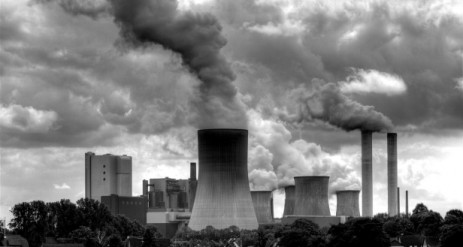This story was originally published by Undark and is reproduced here as part of the Climate Desk collaboration.
In mid-December, more than 28,000 people met in Washington, D.C., to discuss everything earth science-related at the American Geophysical Union Fall Meeting. But amid the dry data and scientific acronyms at a session on solar geoengineering, the science had a patina of existentialist dread that you might not see in a similar forum. There were questions of public disclosure, talk of slippery slopes, and an inescapable nervousness, as if maybe this subject was only barely sitting on the respectable side of science.
It isn’t hard to understand why. Geoengineering refers to a controversial set of proposals centered around one basic idea: to use technology to help cool down a rapidly warming planet. The most prominent scheme is solar radiation management (SRM), whereby sunlight is reflected back into space to reduce global warming. Such a feat may be attempted through a variety of techniques including stratospheric aerosol injection, which acts much like a volcano does naturally by dumping tons of tiny sulfur particles 60,000 feet in the sky.
This is no... Read more

